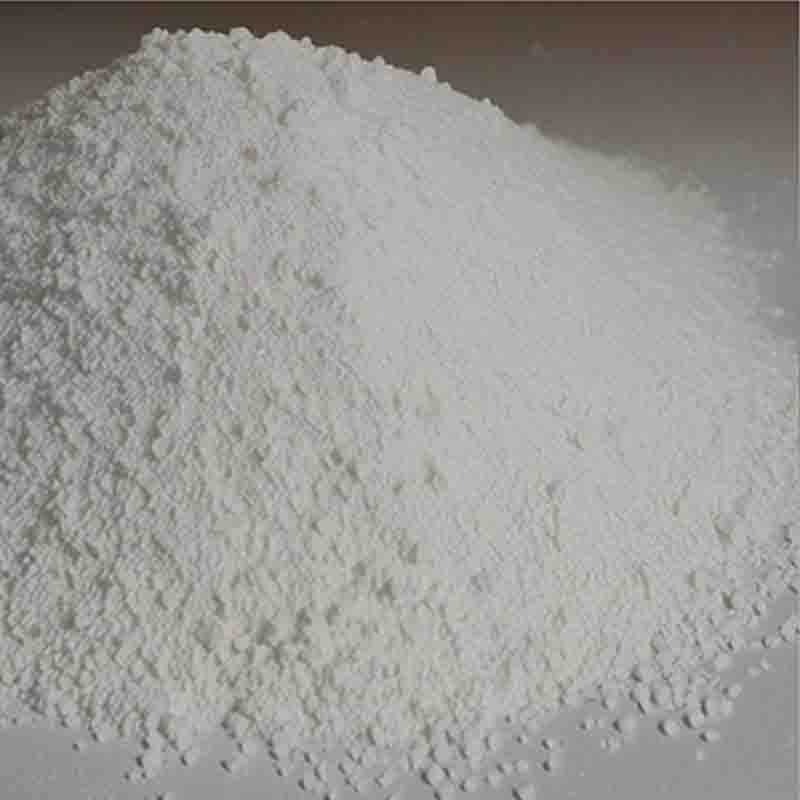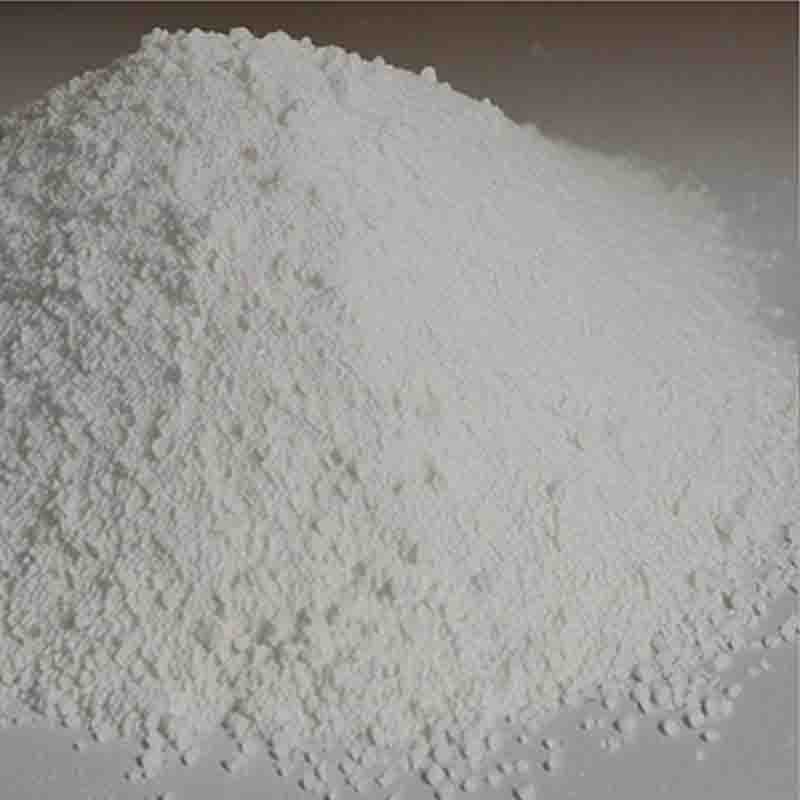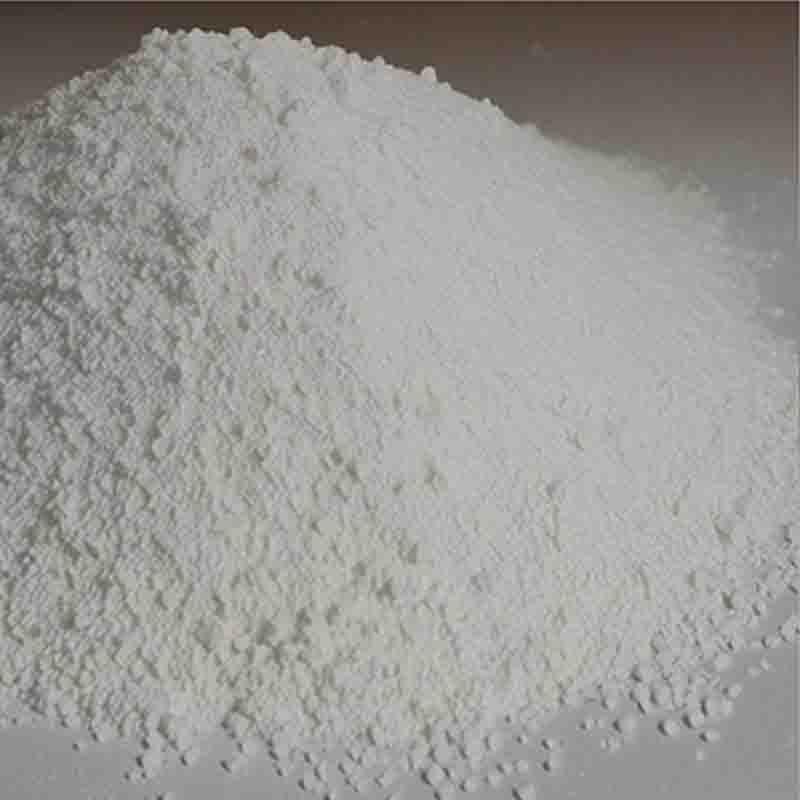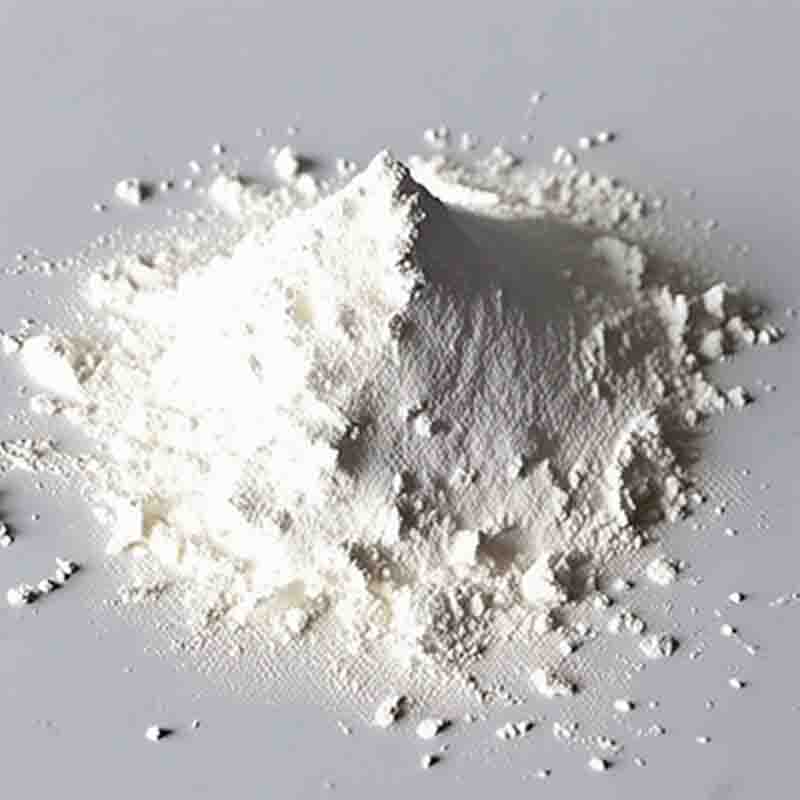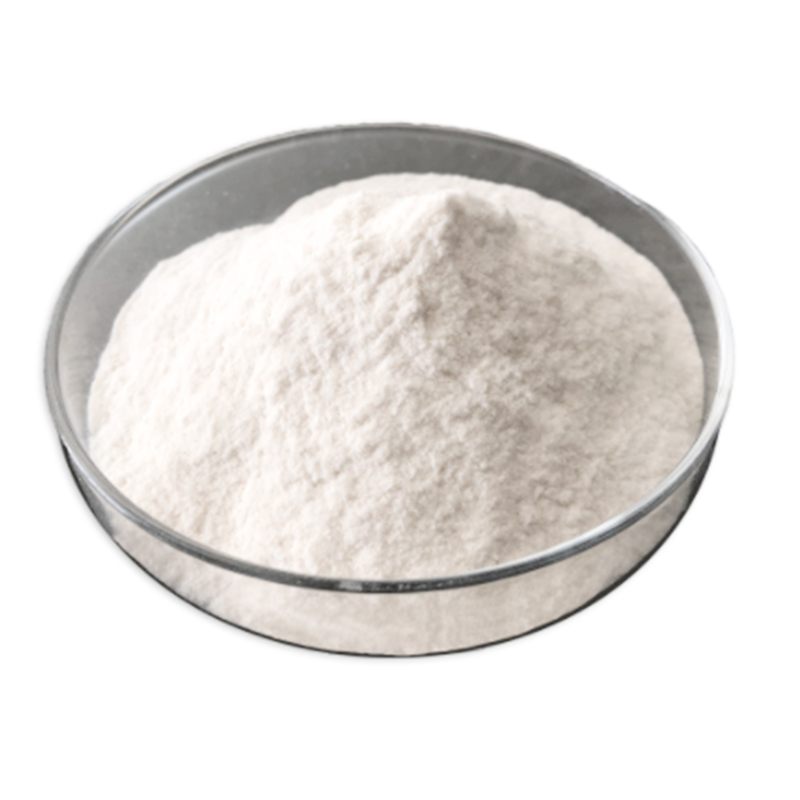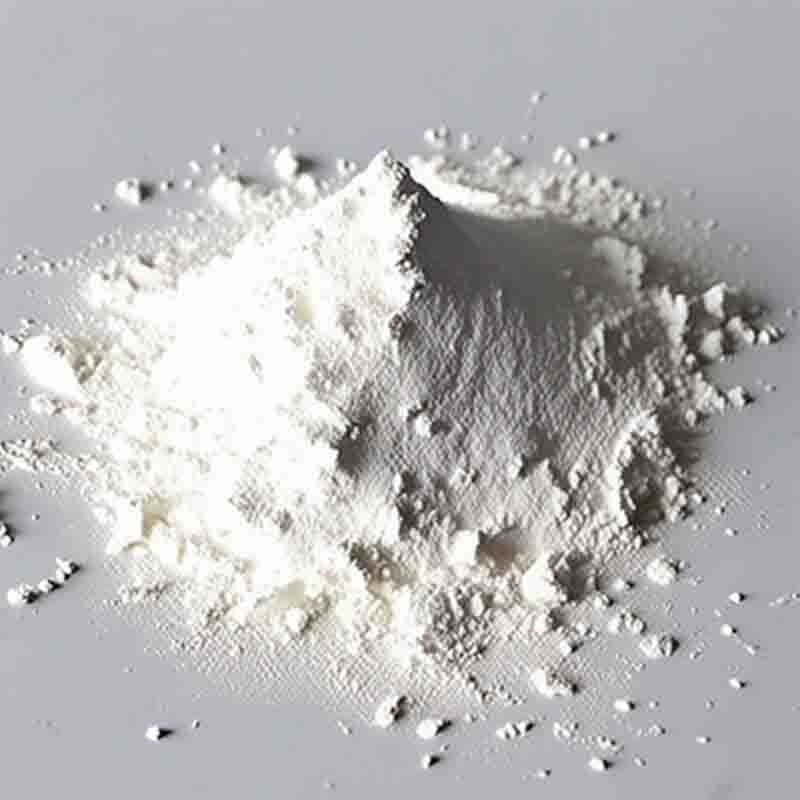1,3-dimethylurea CAS:96-31-1
| Catalog Number | XD95368 |
| Product Name | 1,3-dimethylurea |
| CAS | 96-31-1 |
| Molecular Formula | C3H8N2O |
| Molecular Weight | 88.11 |
| Storage Details | Ambient |
Product Specification
| Appearance | White powder |
| Assay | 99% min |
1,3-dimethylurea is a chemical compound with various effects and applications. In this 300-word essay, I will discuss its effects and uses.One of the main effects of 1,3-dimethylurea is its ability to act as a protein denaturant. It disrupts the structure of proteins by interfering with their hydrogen bonding and hydrophobic interactions. This denaturing effect can be beneficial in certain applications, such as in the extraction of proteins from biological samples or in the purification of proteins during protein purification processes. By denaturing proteins, 1,3-dimethylurea helps in solubilizing and isolating the target proteins, making them more accessible for further analysis or research.1,3-dimethylurea also exhibits biological activity and has been studied for its potential therapeutic effects. It has been shown to possess anticancer properties, inhibiting the growth and proliferation of cancer cells. The exact mechanism of its action is not fully understood, but it is believed to interfere with cell division and induce apoptosis (programmed cell death). These findings make 1,3-dimethylurea a promising candidate for further development as an anticancer drug.Furthermore, this compound is known for its use as a reagent in organic synthesis. It can participate in various chemical reactions, such as carbonyl condensations, cyclizations, and nucleophilic substitutions. Its reactivity and versatility make it a valuable tool in the synthesis of pharmaceuticals, agrochemicals, and other complex organic molecules. The presence of the methyl groups on the urea moiety contributes to its stability and reactivity, allowing for the generation of diverse molecular structures.1,3-dimethylurea is also employed as a corrosion inhibitor, particularly in the protection of metals against corrosion. It forms a protective layer on metal surfaces, reducing their susceptibility to oxidation and corrosion reactions. This property is significant in industries such as aerospace, automotive, and construction, where metal components are exposed to environmental conditions that can lead to corrosion and degradation.In conclusion, 1,3-dimethylurea exhibits various effects and applications across different fields. Its protein denaturing properties make it useful in protein extraction and purification processes. Additionally, its anticancer activity suggests potential therapeutic applications. It is also valuable as a reagent in organic synthesis, enabling the formation of complex molecular structures. Furthermore, its use as a corrosion inhibitor contributes to the protection of metal surfaces. The versatile effects of 1,3-dimethylurea highlight its significance as a chemical compound with extensive applications in various industries.


